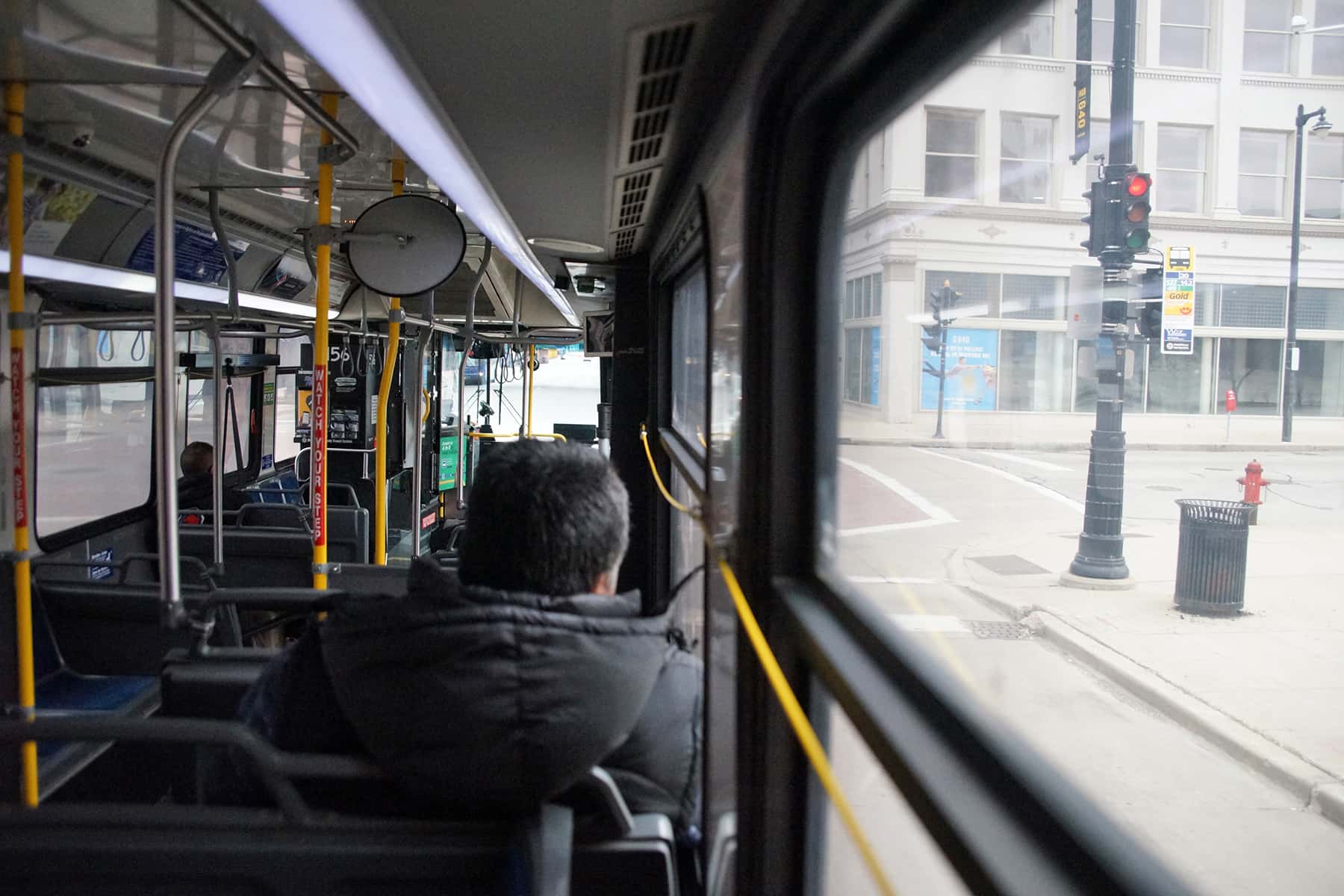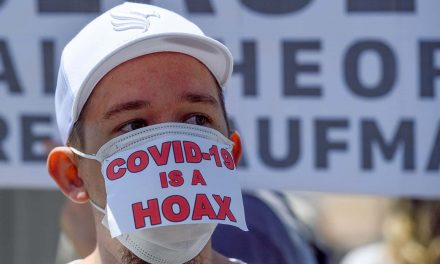
During the daily COVID-19 video press conference on April 7, Milwaukee County Executive Chris Abele said that he was left with no choice but to take action concerning the overcrowding of Milwaukee County Transit System (MCTS) buses.
County leaders switched to a lighter bus schedule as the coronavirus spread across the region, and stopped collecting fares from riders on March 28. MCTS has kept the transit system going, to help essential workers get to jobs, and individuals without transportation visit the doctor.
Under the current “Safer at Home” order, non-essential businesses have been closed since March 12, with gatherings of people in groups of 10 prohibited. MCTS has worked to keep a safe distance on buses, to protect the public and drivers from the infectious disease. Riders were asked to use their own best judgement, but while some routes run with empty buses others are overcrowded.
“The transit system is there for essential rides only, people who are essential workers and have to get to their job for medical appointments,” said County Executive Abele. “But unfortunately right now, and I apologize, we are going to be instituting a 10 person limit.”
The limited ridership policy will begin on Thursday, April 9, and MCTS will be heavily messaging the restriction. What that means is if a bus has 10 people on it already riding, it will not stop to collect a new passenger until someone gets off. The limited ridership policy will begin on Thursday, April 9, and MCTS will be heavily messaging the restriction.
County Executive Abele apologized that people would have to wait longer, but said that more buses would be put on routes where the crowding has been a problem. The increased frequency was expected to reduce the wait time.
“I can’t emphasize enough how important this is. Buses are very confined spaces. Crowding shouldn’t happen anywhere right now, but it really shouldn’t happen on buses.” added County Executive Abele. “We’re maintaining this service because we are trying to get people who need it to go. That’s why it’s there. But nobody has the right to increase anyone else’s risk.”
© Photo
Lee Matz














